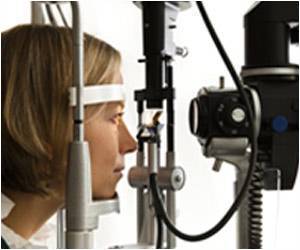Eye-tracking methods could be used to investigate the causes of emotion recognition difficulties in teenagers with conduct disorder.

TOP INSIGHT
Conduct disorder is linked to emotion recognition difficulties and abnormal eye movements in both boys and girls, which might have important implications for developing new psychological interventions for this condition.
Their results, published in the Journal of Child Psychology and Psychiatry, show that girls and boys with CD have difficulties in recognising emotional facial expressions compared to a control group of typically-developing children. These problems were particularly evident in boys with the condition and were seen for both static images and video-clips showing dynamic facial expressions.
The researchers also studied the participants' eye movements while they were viewing the facial expressions, to see whether their emotion recognition problems were explained by abnormal eye movements. They found that girls and boys with CD were less likely to look at the eye region of the face - which is important because the eyes are so critical in terms of communicating how we are feeling.
However, the researchers found that the abnormal eye movements seen in the girls and boys with CD did not fully explain the emotion recognition difficulties they display, suggesting that even when they do look at the right part of the face, they still find it more challenging to recognise the emotional expression.
Symptoms of CD range from lying and truancy, through to physical violence and weapon use at its more extreme end. It is thought that at least 5% of school-age children are affected, yet the condition is poorly understood and thought to be under-diagnosed and often untreated. It is different from more well-known behavioural conditions, like ADHD, although many children suffer from both disorders at the same time.
The fact that boys with CD showed more problems in recognising emotions and more atypical eye movements than girls suggests that boys with this condition might need more comprehensive and long-term interventions than girls.
Lead author, Dr Nayra Martin-Key, from the University of Southampton added: "This is the first study to combine an emotion recognition task with eye-tracking methods to examine recognition of, and attention to, facial expressions in boys and girls with Conduct Disorder. We found that having Conduct Disorder and being male led to a 'double-hit' - the boys with Conduct Disorder found it hardest to recognise emotional faces and were least likely to look at the eyes of the faces, whereas the typically-developing girls were the best at emotion recognition and fixated most on the eye region of the face. This suggests that interventions designed to improve emotion recognition might need to be tailored according to gender, with boys with Conduct Disorder needing a longer or more comprehensive intervention than girls."
Source-Eurekalert
 MEDINDIA
MEDINDIA




 Email
Email






